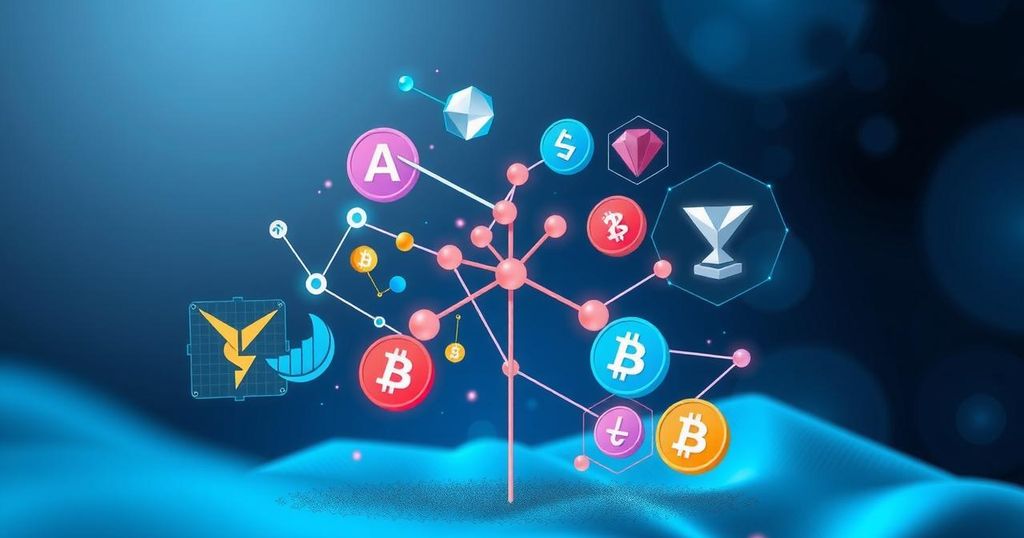Kraken Strengthens Transparency with Latest Proof of Reserves Update
Kraken has completed its latest Proof of Reserves as of March 31, 2025, confirming its transparency and financial health. With a reserve ratio at 114.9%, this latest report assures users that Kraken holds enough assets to back client balances fully, including new support for Cardano (ADA). The PoR process, which uses Merkle tree cryptography, allows client verification of balances individually, further establishing trust post-FTX collapse. The exchange has committed to quarterly updates, enhancing its transparency efforts.
Kraken has recently announced a new Proof of Reserves (PoR) statement, which aims to enhance the transparency of its platform. This latest verification was completed as of March 31, 2025, and includes client holdings in popular cryptocurrencies like Bitcoin (BTC), Ethereum (ETH), and Bitcoin Cash (BCH), as well as newly included assets like Cardano (ADA). This effort not only confirms that Kraken holds enough assets to back client balances but also underscores its commitment to transparency.
The latest PoR shows an impressive reserve ratio of 114.9%, meaning Kraken holds a substantial cushion over the outstanding client balances. With 192,091.25 BTC in its wallets and customer balances totalling 167,188.68 BTC, the platform has nearly 15% more Bitcoin than is owed. It’s also worth mentioning that Kraken’s PoR takes a comprehensive view, including not just spot holdings but also margin positions, futures balances, and staked assets, making this a more rounded assessment of financial strength.
So, what exactly is Proof of Reserves? Essentially, it’s a cryptographic method that enables cryptocurrency exchanges to publicly verify that they hold users’ assets in full. Kraken employs a Merkle tree structure, compiling user balances into a single root hash, which allows users to verify their specific holdings while protecting their privacy. To add credibility, a third-party auditor confirms that the total holdings exceed or match client balances, thereby avoiding the pitfall of operating on fractional reserves.
While many crypto exchanges are now adopting some form of PoR, Kraken’s approach stands out due to a few substantial differences. Firstly, Kraken includes not just assets but also the liabilities that their clients carry, giving a more complete picture of financial health—this is important, as some platforms neglect to disclose liabilities, potentially leading to misunderstandings about solvency.
Additionally, Kraken’s PoR offers user-level verification tools, allowing clients to independently check that their balances are included in the PoR through Merkle tree proofs. This method fosters a higher level of trust by enhancing transparency. Unlike some exchanges that use PoR as a sporadic marketing tactic, Kraken has conducted PoR routinely since 2014, ensuring ongoing assertiveness regarding managing client funds.
In light of recent failures of major crypto exchanges, including the collapse of FTX, clients are understandably more concerned about transparency and accountability. PoR is essential for rebuilding that trust; it’s not merely about stating that funds are secure—after all, failed exchanges have made those claims as well—what matters is proving that they are safe through reliable methods.
Furthermore, Kraken has pledged to conduct PoR on a quarterly basis moving forward, alongside the release of quarterly financial results. This enhanced frequency aims to offer patrons ongoing insights into the platform’s operations. There is also talk of expanding future PoR scopes to encompass a wider range of supported assets, showcasing an unwavering commitment to accountability as a platform for crypto holders.
Since its inception, Kraken has positioned itself as a leader in establishing and maintaining PoR standards, ensuring that clients can trust their exchange with their assets well into the future.




Post Comment